Meta Ads, formerly known as Facebook Ads, have evolved into one of the most effective digital advertising tools available today. With over 2.8 billion monthly active users on Facebook and a combined audience across Instagram and other Meta platforms, Meta Ads offer businesses unparalleled access to a global audience.
In this guide, we’ll walk you through everything you need to know to create and optimize your Meta Ads campaigns, from setting up your account to targeting the right audience and analyzing your results.
Table of Contents
What Are Meta Ads?
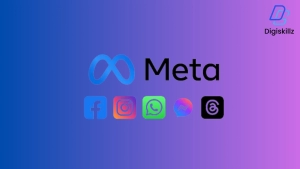
Discover the power of Meta Ads: a dynamic advertising solution that connects your brand
Meta Ads are the advertising solution offered by Meta (formerly Facebook) across its suite of platforms, which includes Facebook, Instagram, Messenger, and the Audience Network. These ads allow businesses and individuals to promote their products, services, or content to a highly targeted audience using advanced algorithms and user data.
Meta Ads come in a variety of formats including image ads, video ads, carousel ads, and more. They offer options for boosting engagement, increasing website traffic, generating leads, and even direct conversions.
Why Meta Ads? The Benefits for Your Business
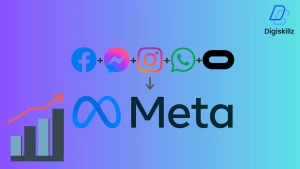
Meta Ads have become an essential component of modern marketing strategies due to several key benefits:
- Massive Audience Reach:
- With billions of active users across Facebook and Instagram, Meta Ads give you access to a vast and diverse global audience.
- Precise Targeting:
- Meta’s robust targeting options allow you to reach users based on demographics, interests, behaviors, and even previous interactions with your business.
- Cost-Effective Advertising:
- Compared to traditional media, Meta Ads allow you to start with a relatively low budget and scale up as you optimize your campaigns.
- Measurable Results:
- Meta’s powerful analytics tools give you deep insights into your ad performance, helping you optimize your campaigns for better results.
- Multiple Ad Formats:
- Whether you want to use images, videos, stories, or slideshows, Meta Ads provide flexibility to showcase your brand creatively.
Setting Up Your Meta Ads Account
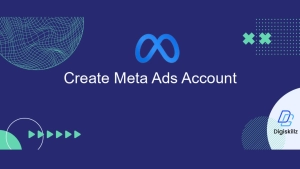
Before you can create your first ad campaign, you’ll need to set up your Meta Ads Manager account. Here’s how to get started:
- Create a Business Manager Account:
- Head to business.facebook.com and create a Business Manager account. This tool helps you manage all your Meta business activities in one place.
- Add Your Business Page:
- Link your Facebook and Instagram business pages to your Business Manager account.
- Set Up Payment Method:
- Add your preferred payment method to your account so you can run paid ad campaigns.
- Familiarize Yourself with Ads Manager:
- Meta Ads Manager is the main dashboard where you’ll create and monitor your ads. Take some time to explore the platform to familiarize yourself with its functionalities.
Types of Meta Ads
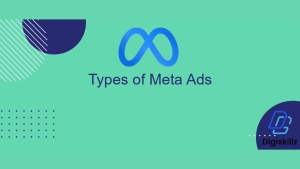
Meta offers a variety of ad formats that you can use depending on your campaign goals:
- Image Ads: Simple, single-image ads ideal for promoting a specific product or service.
- Video Ads: Engaging video content that can be used to tell your brand’s story or showcase products in action.
- Carousel Ads: A series of images or videos that users can swipe through, great for displaying multiple products or features.
- Slideshow Ads: Lightweight video ads that combine multiple images with music or text overlays.
- Collection Ads: Ads that allow users to browse a catalog of products directly within Facebook or Instagram.
- Stories Ads: Full-screen ads that appear between user stories on Facebook and Instagram, offering immersive engagement.
Understanding Meta Ads Manager
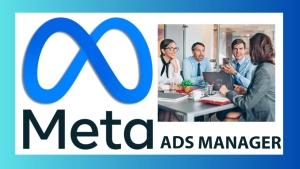
Meta Ads Manager is your central hub for creating, managing, and optimizing ads. Here’s a breakdown of its key sections:
- Campaign: This is where you define your campaign objective (e.g., traffic, conversions, engagement).
- Ad Set: Within each campaign, you can create multiple ad sets to test different audiences, budgets, and placements.
- Ad: Each ad set contains individual ads where you can customize the creative elements like images, videos, headlines, and text.
Creating Your First Meta Ads Campaign

Let’s walk through the steps to create your first ad campaign:
- Choose Your Objective: Meta Ads are objective-driven. Common objectives include:
- Brand Visibility: Reach the maximum number of individuals with your advertisement.
- Traffic: Drive users to your website, app, or landing page.
- Engagement: Increase likes, shares, and comments on your post.
- Lead Generation: Collect leads through forms within Facebook or Instagram.
- Conversions: Encourage specific user actions, such as buying products or completing sign-up forms.
- Select Your Audience: Use Meta’s targeting options to define your audience. You can target based on age, gender, location, interests, and behaviors.
- Establish Your Budget: Opt for either a daily budget or a total budget for the campaign.Meta will optimize ad delivery to get the best results within your budget.
- Create Your Ad: Upload your creative assets (images or videos), write compelling ad copy, and choose a call-to-action button that matches your goal (e.g., “Shop Now,” “Learn More”).
- Review and Launch: Double-check your ad settings, targeting, and budget before hitting the “Publish” button.
Targeting: How to Reach the Right Audience
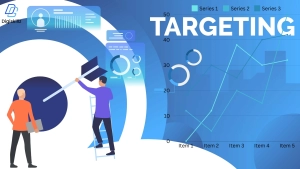
One of Meta Ads’ greatest strengths is its detailed targeting options. Here’s a quick overview of how you can refine your audience:
- Demographics:Target based on age, gender, location, education level, job title, and more.
- Interests: Use data from user likes and follows to reach people interested in specific topics.
- Behavior: Reach people based on their online activities, such as previous purchases or device usage.
- Custom Audiences: Upload your customer list or retarget people who have previously visited your website or interacted with your content.
- Lookalike Audiences:Broaden your reach by connecting with individuals who resemble your current customers.
Budgeting and Bidding Strategies

Setting the right budget and bidding strategy is crucial to your ad’s success. Meta offers two main bidding strategies:
- Lowest Cost: Meta will try to get you the most results for your budget, making it the simplest option for beginners.
- Cost Cap: Set a maximum cost per result to maintain control over your ad spend.
As for budgeting, start small and gradually increase your spend as you optimize your campaigns.
Crafting Your Ad Creatives: Text, Images, and Videos

To capture your audience’s attention, your ad creative needs to stand out. Here are some tips:
- Visuals: Choose high-resolution, attractive visuals that reflect your brand identity. Keep the design simple and emphasize a single, clear message.
- Videos: Keep videos short and engaging, especially on platforms like Instagram where users scroll quickly. Make sure the first few seconds capture attention.
- Ad Copy: Write compelling headlines and clear, concise text that communicates the value of your product or service. Use action-oriented language.
- Call-to-Action (CTA): Always include a CTA that tells users what to do next (e.g., “Buy Now,” “Learn More”).
Measuring Success: Metrics to Track

After launching your ad, monitoring its performance becomes crucial. Some key metrics to monitor include:
- Reach and Impressions:The number of people who saw your ad and how often it was displayed.
- Click-Through Rate (CTR): The proportion of viewers who interacted with your advertisement by clicking on it.
- Cost Per Click (CPC): The amount you spend for each user click on your advertisement.
- Conversions: The number of users who completed your desired action (e.g., purchase, sign-up).
- Return on Ad Spend (ROAS):A measure of the revenue generated from your ad compared to what you spent.
Optimization Tips for Better Performance

To get the best results from your Meta Ads, continuous optimization is key. Here are some tips:
- A/B Test Different Creatives: Experiment with different images, videos, and text to see what resonates best with your audience.
- Refine Your Targeting: If your ad isn’t performing well, try narrowing or broadening your audience to find the sweet spot.
- Adjust Your Budget: Increase the budget for high-performing ads and reduce spend on those with poor results.
- Monitor Frequency: If your ad is shown too often to the same audience, it may lead to ad fatigue. Think about updating your creative assets or modifying your target audience.
Common Pitfalls to Avoid

- Targeting Too Broadly or Narrowly: Finding the right balance in your audience size is crucial. Too broad, and you may waste budget; too narrow, and you could miss out on potential customers. Strive for a target audience that is specific enough to be relevant but broad enough to generate sufficient reach.
- Ignoring Ad Placement Options:Meta Ads provide various placement options, including Facebook, Instagram, Messenger, and the Audience Network. Failing to utilize all available placements can limit your ad’s visibility. Experiment with different placements to find out where your audience engages the most.
- Not Defining Clear Goals:Before launching an ad campaign, it’s important to set specific, measurable goals. Whether your aim is to increase website traffic, generate leads, or boost sales, having clear objectives will guide your strategy and help you measure success effectively.
- Overlooking Mobile Optimization:With a significant portion of Meta’s audience accessing the platform via mobile devices, it’s essential to ensure your ads are optimized for mobile viewing. This includes using eye-catching visuals, concise copy, and quick-loading landing pages.
- Neglecting Audience Insights:Meta Ads Manager provides valuable insights into how your audience is engaging with your ads. Failing to analyze this data can result in missed opportunities for optimization. Regularly review performance metrics to inform future campaigns.
- Not Utilizing Retargeting: Retargeting is a powerful tool that allows you to reconnect with users who have previously interacted with your brand. Ignoring this strategy means missing out on potential conversions from users who have already shown interest in your products or services.
- Underestimating the Power of Creative:High-quality visuals and compelling copy are crucial for capturing attention. Skimping on creative quality can lead to poor engagement rates. Invest time in designing eye-catching graphics and writing engaging copy that resonates with your audience.
- Ignoring Competitor Analysis:Understanding what your competitors are doing can provide valuable insights into your own strategy. Failing to analyze competitor ads may leave you unaware of industry trends and best practices. Regularly review competitor campaigns for inspiration and improvement.
- Overcomplicating Your Ad Campaigns: While it might be tempting to use all the features and targeting options available, overly complex campaigns can lead to confusion and dilute your message. Keep your campaigns straightforward and focused to ensure clarity for your audience.
- Failing to Align with Brand Voice:Your ads should reflect your brand’s personality and voice. Ads that feel disconnected from your overall branding can confuse potential customers and erode trust. Ensure consistency in messaging across all your marketing channels.
- Neglecting Seasonal Trends:Certain times of the year may impact consumer behavior significantly. Ignoring seasonal trends can lead to missed opportunities for engagement. Plan your campaigns around relevant holidays, events, or seasonal changes to maximize relevance and impact.
- Relying Solely on Meta’s Algorithms:While Meta’s algorithm does a lot of heavy lifting, relying solely on it without providing input through audience targeting or creative optimization can limit your campaign’s success. Take an active role in adjusting settings based on performance data to enhance your ads’ effectiveness.
CONCLUSION
Mastering Meta Ads as a beginner might seem overwhelming, but with the right strategy, it can become a highly rewarding part of your digital marketing efforts. By following the step-by-step process outlined in this guide, you’ll be well on your way to creating effective ad campaigns that drive results.
Remember to start with clear objectives, leverage Meta’s powerful targeting options, and continuously monitor and optimize your ads. A/B testing different creative elements, adjusting your budget based on performance, and understanding the key metrics are essential steps to ensure success. As you become more familiar with the platform and fine-tune your campaigns, you’ll be able to maximize your return on investment and grow your business through the immense potential of Meta Ads.
With time, experimentation, and constant learning, you’ll gain the confidence to not only run successful Meta Ads campaigns but also outperform your competition. So, dive in, stay flexible, and enjoy the process of growing your brand through one of the most powerful advertising tools available today!
Author : ASHAR KT
Learner of Digiskillz, Digital marketing course in Kottakkal
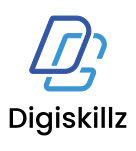

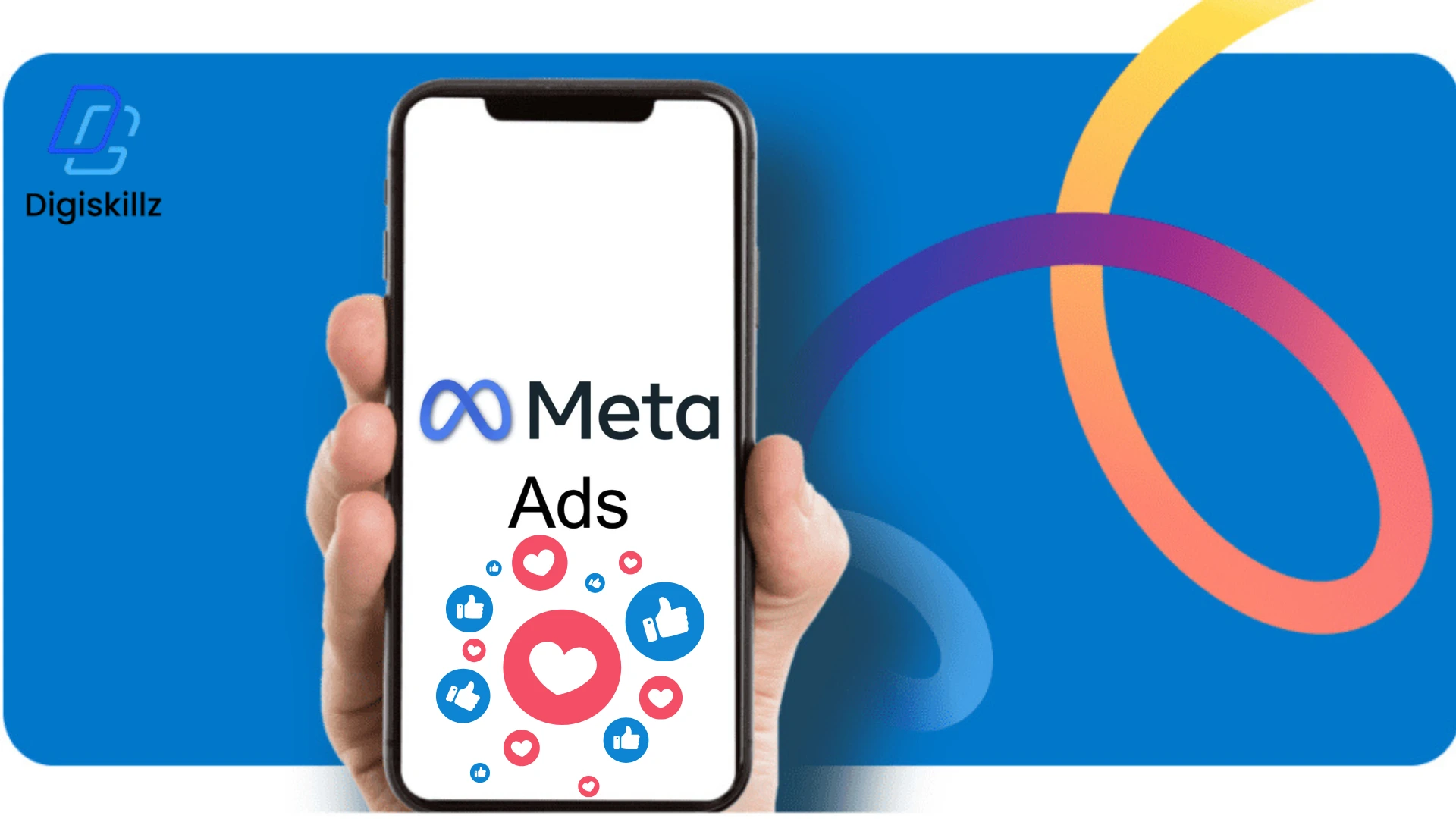
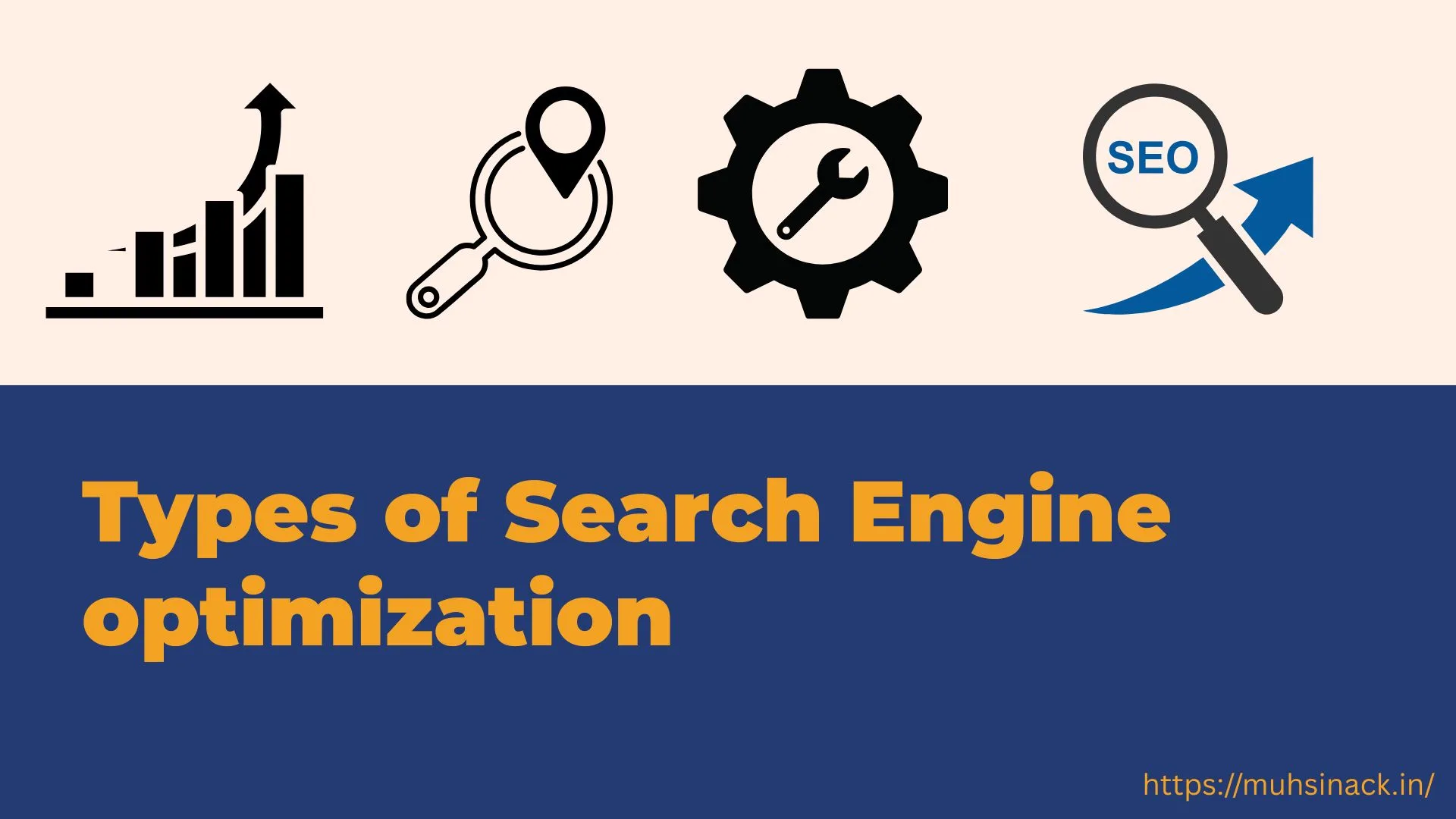
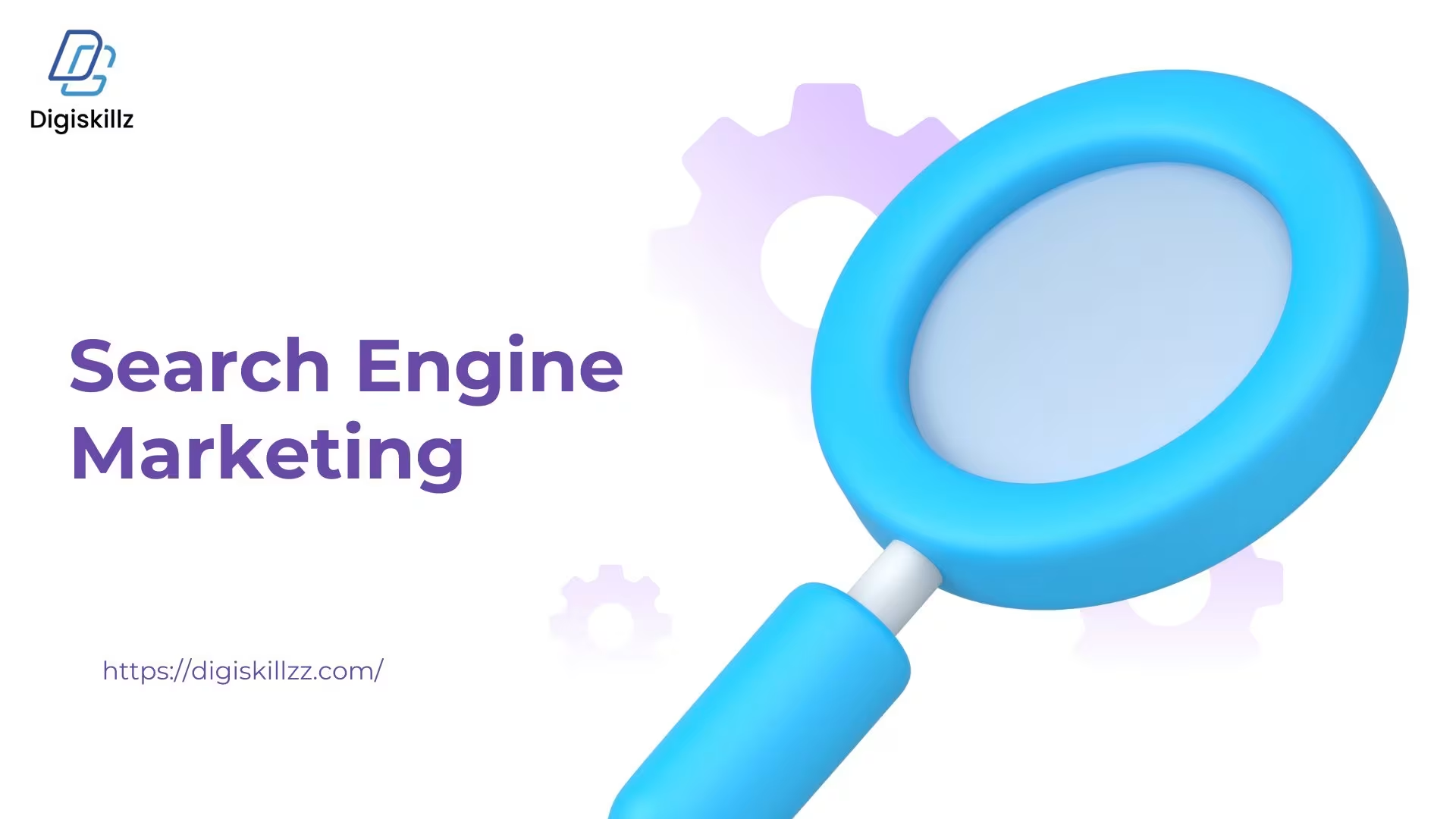
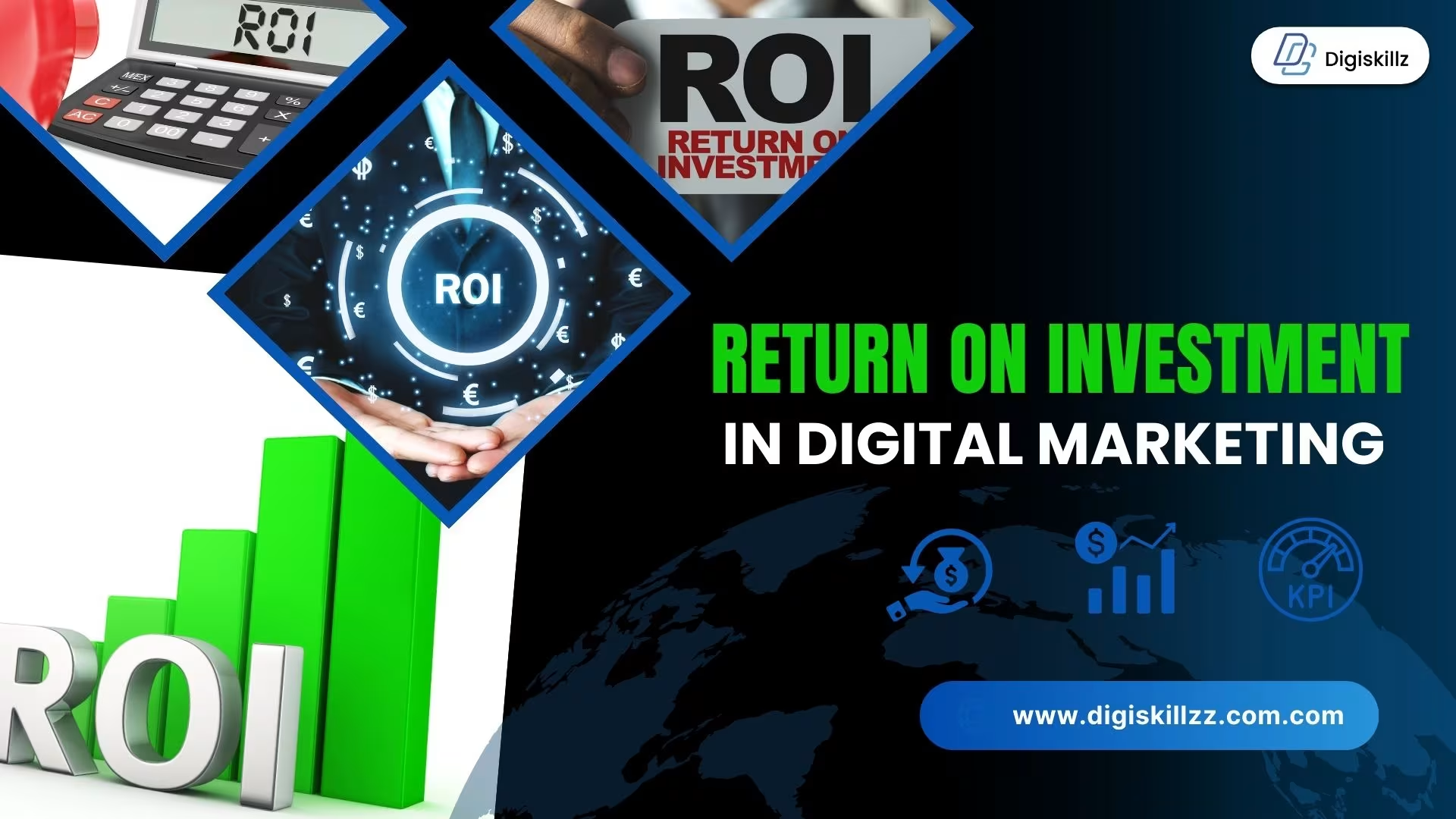


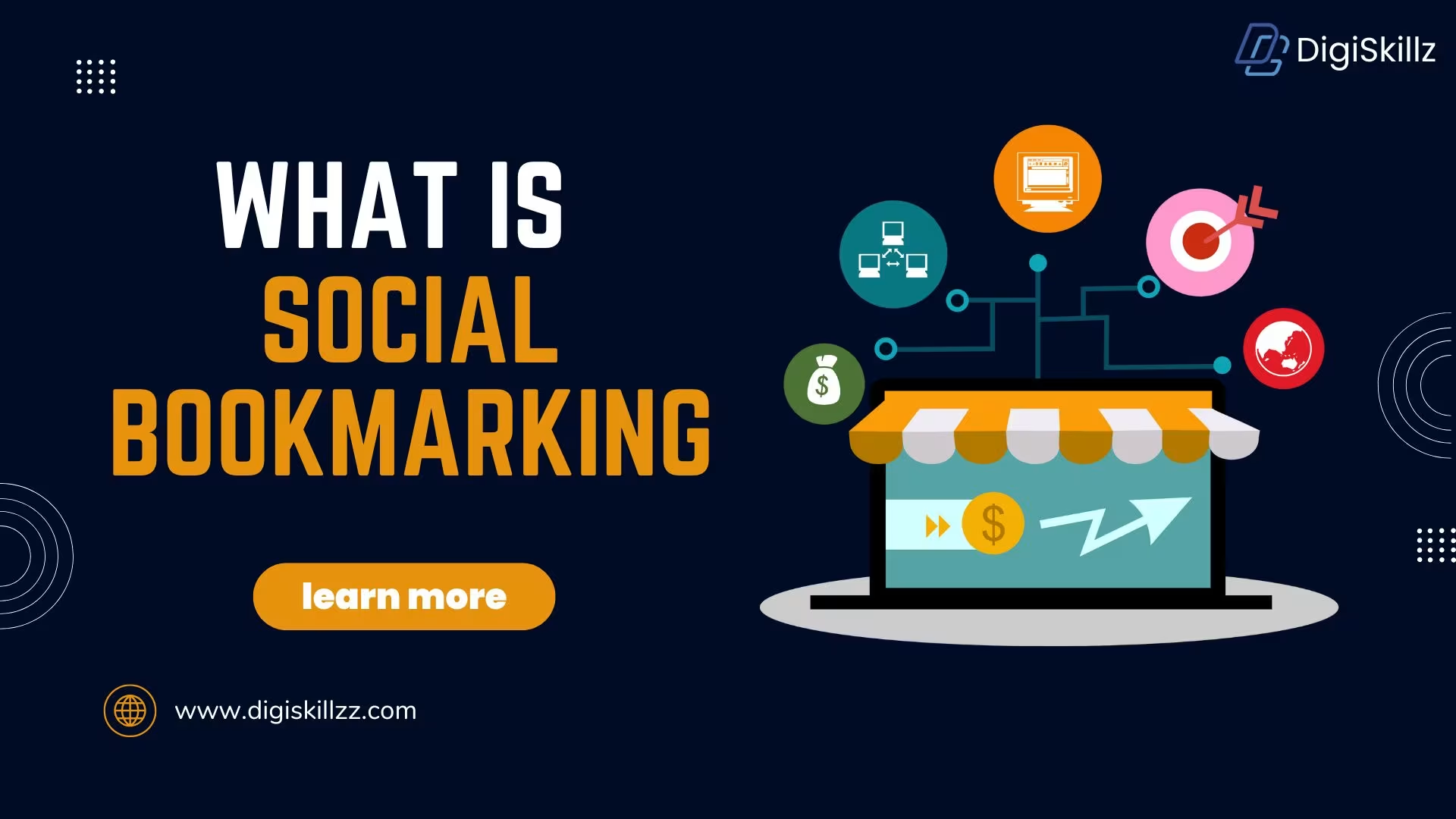

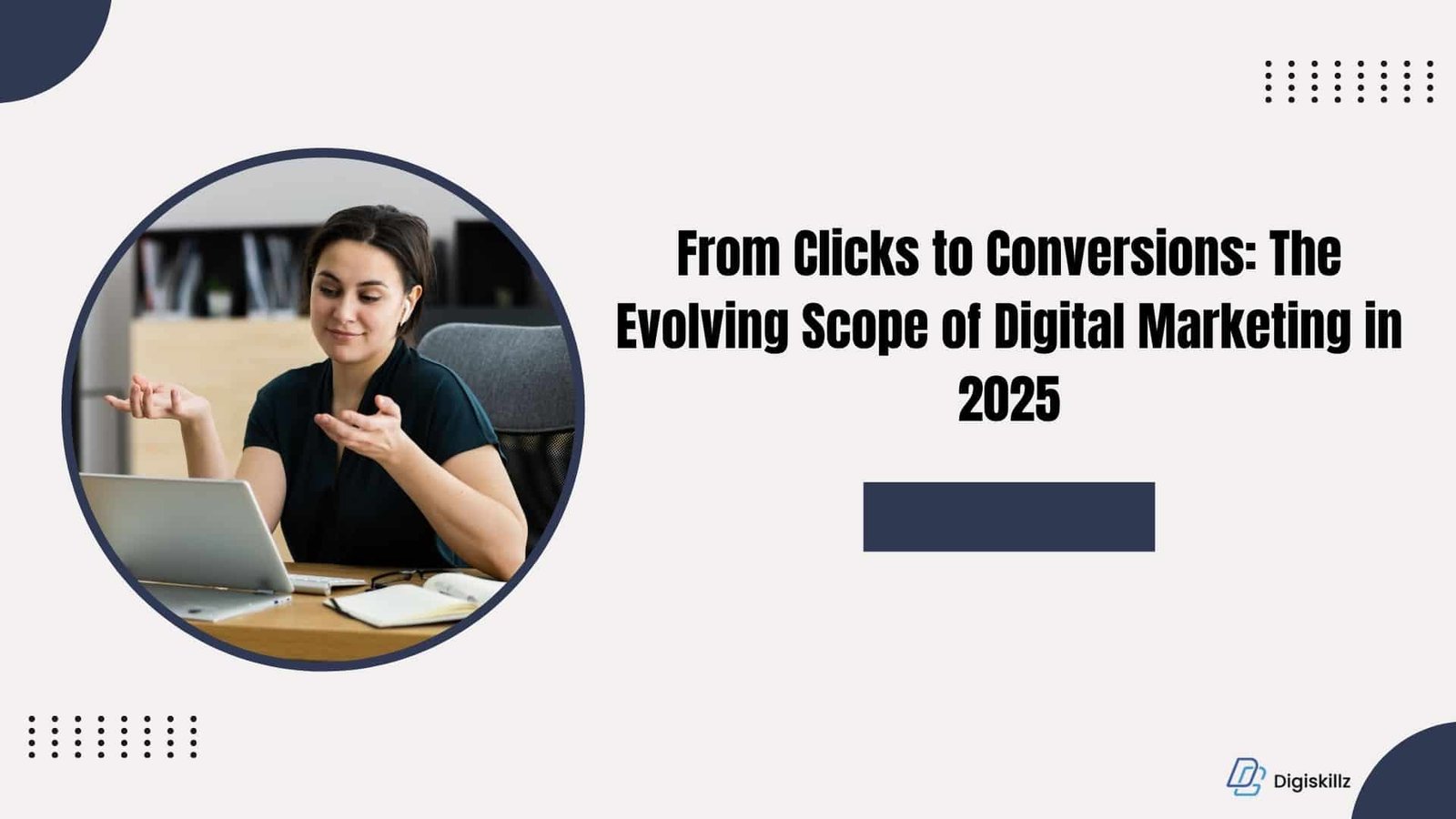
Leave A Comment